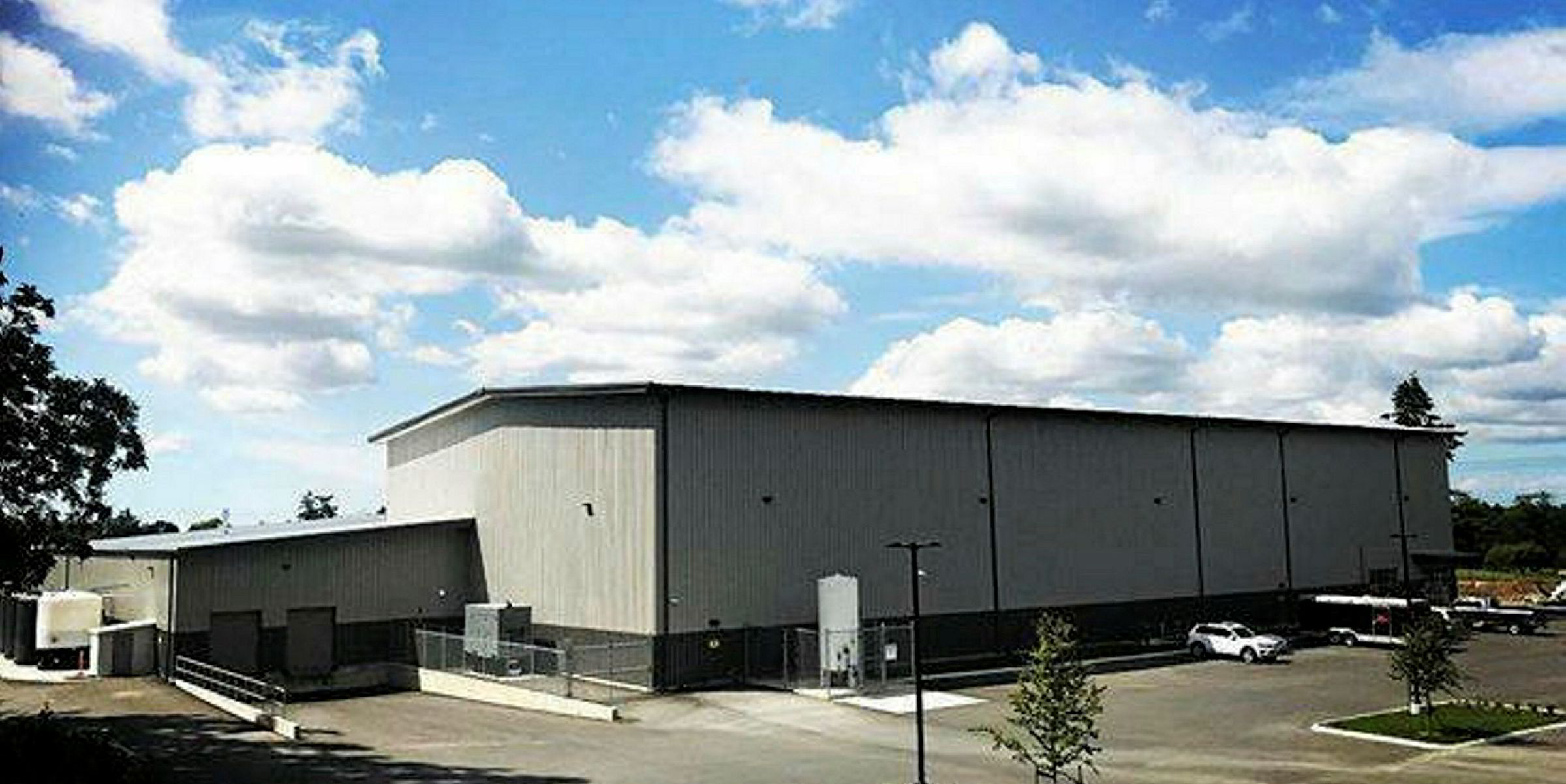US-land based salmon production could reach 100,000 metric tons in the next five years if all the projects in the pipeline come to fruition, helping to narrow the country’s seafood trade deficit with the rest of the world.
That’s the view of Yonathan Zohar, a researcher with the University of Maryland, who is overseeing a research project that has been awarded $1.2 million in funding through Maryland Sea Grant. The project is designed to boost the land-based industry’s prospects of of success.
The three-year research project is founded in a partnership between academia, government and major land-based salmon firms, including Whole Oceans, Superior Fresh, Riverence, in collaboration with Atlantic Sapphire and Nordic Aquafarms.
The project stretches across five US states, with partners in Maine, Winsconsin, West Virginia, Washington and Florida. Other major partners include the University of Winsconsin Stevens Point, the Conservation Fund Freshwater Institute and USDA/ARS.
Researchers involved in the project, which has just got underway, will look to identify roadblocks, bottlenecks and gaps in knowledge that could potentially derail the industry’s progress.
Areas likely to come under scrutiny are improvements in technology, engineering, better ways to handle waste in a sustainable manner, broodstock management and year round production of eggs.
Researchers will also look at biological aspects of the industry, fish health issues, as well as how to how to optimize growth, feeds and ingredients.
Workforce development, outreach and training are also areas set to be covered under the program.
An early aim is to develop a white paper listing the bottlenecks and constraints and to develop a plan of action from there.
In a post on his Linkedin page, Nordic Aquafarms CEO Erik Heim said the development is “A positive step for the US in promoting research and collaboration in the emerging land-based seafood industry.”
Investment in the US land-based industry runs to around $1 billion, with companies such as Superior Fresh already producing fish.
“We want to make sure that this industry is successful,” Zohar told IntraFish.
US salmon consumption runs to 500,000 metric tons a year with around 95 percent accounted for by Atlantic salmon imports.
This leaves the US with an estimated salmon deficit of around $3.2 billion dollars.
But given the US projects that are slated to come online in Maine, Maryland, Winsconsin, Florida and the West Coast, how far does Zohar believe the industry can go to narrow that deficit?
“If all those are going to be fully operational maybe in five years, something like that, you will produce 20 percent of that US demand, but I expect this to accelerate with some early successes within the next decade," he said.
“Even 20 percent of what is now being consumed in the United States you are talking about 100,000 tons, is a lot of fish.”



